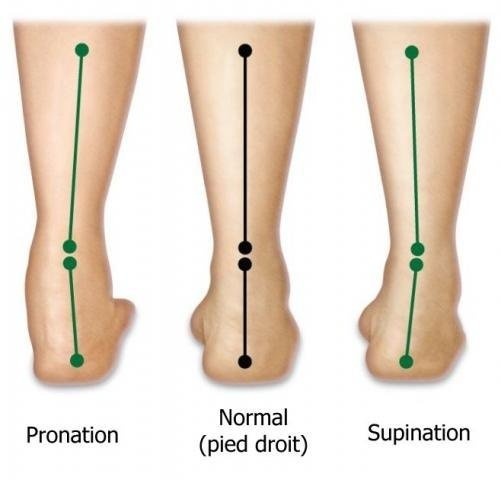Shinsplints Syndrome

Running is becoming an increasingly popular form of sport and recreation. There are more and more running events you can join. But when you start running, don't plan to go too far or too fast right away -- doing so is the number-one cause of injury among runners. To make sure you don’t end up with one of the most common running injuries, “shinsplints”, please follow these pieces of advice from the Runner’s World Magazine.
Text from “Runner’s World Magazine”, by Patrick Milroy.

Shinsplints are one of the most common running injuries. They result from tired or inflexible calf muscles putting too much stress on tendons, which become strained and torn. Overpronation aggravates this problem, as can running on hard surfaces, such as concrete; and running in stiff shoes.
Beginners are the most susceptible to shinsplints for a variety of reasons, but the most common is that they’re using leg muscles that haven’t been stressed in the same way before. Another common cause of shinsplints among beginners is poor choice of running shoes or running in something other than running shoes. Runners who have started running after long layoffs are also susceptible to shinsplints because they often increase their mileage too quickly.
Symptoms Symptoms of shinsplints include an aching, throbbing or tenderness along the inside of the shin (although it can also radiate to the outside) about halfway down or all along the shin, from the ankle to the knee. This discomfort is due to the inflammation of the tendons on the inside of the front of the lower leg. This is basically the definition of shinsplints. Another symptom is pain when you press on the inflamed area. The pain of shinsplints is most severe at the start of a run, but can go away during a run once the muscles are loosened up (unlike a stress fracture of the shinbone, which will hurt all of the time). With tendinitis, pain will resume after the run.
The treatment
Many runners experience mild shin soreness, which usually can be tolerated. “If shinsplints hit you at the beginning of a season, a certain amount of running through it will help the body adapt,” says podiatrist David O’Brian. “But if it’s a persistent problem, you shouldn’t run through it.” If it does persist, ice the inflamed area for 15 minutes three times a day and take aspirin or ibuprofen. Ice immediately after running. To hasten recovery, cut down on running or stop altogether. Exercises with a resistance band will help to strengthen muscles of the lower leg. Typical recovery time is two to four weeks.
If the injury doesn’t respond to self-treatment and rest in two to four weeks, see a health professional, who may recommend custom-made orthotics to control overpronation. Ultrasound and anti-inflammatories may also be prescribed. While recovering from shinsplints, you may want to try alternative, non-impact exercises such as swimming, pool running, walking and cycling in low gear.
An ounce of prevention…
To guard against shinsplints, stretch and strengthen the tendons and muscles in the front of the leg by using band exercises. Anchor one end of the band to a heavy object, such as the leg of a sofa. Stretch the band, then loop it around the end of your foot. Move your foot up and down and from side to side against the band’s resistance to exercise different muscle groups.
Also, make sure to wear stability shoes or motion control shoes and consider orthotics. Also replace worn-out shoes, warm up well and run on soft surfaces, and avoid overstriding, which puts more stress on shins.



